Martin Gardner and Philosophy & Religion
Martin studied philosophy and the philosophy of science at the University of Chicago, both as an undergraduate in the mid-1930s, and as an occasional graduate student a decade later, after the end of WWII.
It was during his second period as a student, thanks to the G. I. Bill, that Martin sat in on what he deemed the most influential philosophy course he ever took, a seminar of the philosophy of science led by Rudolph Carnap. Two decades later, Martin's shaping of notes from the next time the seminar was given, as recorded on tape by Carnap's wife, resurfaced in book form.
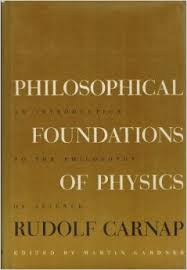
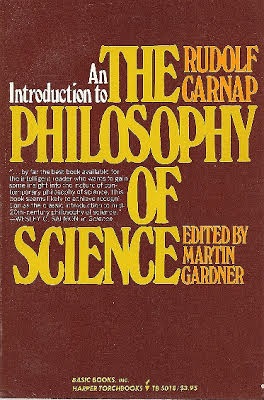
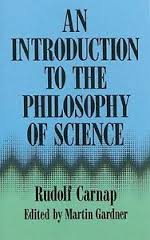
Philosophical Foundations of Physics (Basic, 1966) was later reissued as Introduction to the Philosophy of Science (Basic, 1974, and Dover, 1995). All incarnations credit Carnap as the author, and Martin as the editor. On page 201 of his memoirs, Martin says,
"Every idea in the book is Carnap's, every sentence is mine. The collaboration was one of the happiest tasks of my life."
Around 1947, Martin moved to New York City. Within a few years he had published several articles in The Journal of Philosophy, as well as one called "Order and Surprise" in the University of Chicago affiliated Philosophy of Science Quarterly (Vol 17, No 1, 109–117, Jan 1950).
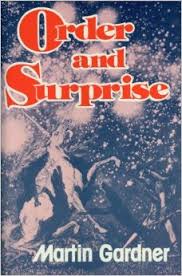
Order and Surprise (Prometheus, 1983) collected essays and reviews written over a four decade period. Topics and writers covered include Oz, Robert Maynard Hutchins, H. G. Wells, George Orwell's Nineteen Eighty-Four, cultural relativism, Karl Popper, Einstein, Kafka, Updike, Vance Packard, Colin Wilson, and Lewis Carroll.
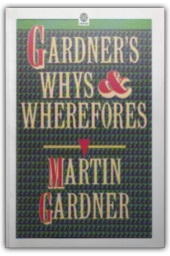
Gardner's Whys and Wherefores (Univ. of Chicago Press, 1989, and Prometheus, 1999) continues where Order and Surprise left off, this time with essays and reviews taking in The Ancient Mariner, computers, mathematics, Ulysses, Wells again, Chesterton, Dunsany, Arthur C. Clarke, Feynmanm, Quine, Anno, and artificial intelligence (via Marvin Minsky's Theory of Mind).
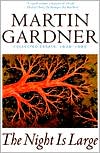
If there is one volume that represents almost the full gamut of Martin's extraordinarily diverse interests—but not his output—it's The Night Is Large: Collected Essays, 1938–1995 (St. Martin's, 1996). This 587-page tome is divided into seven parts: Physical Science, Social Science, Pseudoscience, Mathematics, The Arts, Philosophy and Religion. Curiously, one of topics he is most often associated with, namely mathematics, gets the fewest number of pages here—mere 40.

From the Wandering Jew to William F. Buckley Jr. (Prometheus, 2000) is subtitled "On Science, Literature and Religion," and runs to 350 pages. In addition to the articles which gave rise to the books title, Martin's essays and reviews cover such favorite areas as mathematics, word play, chess, science fads, astrology, psychic surgery, Lewis Carroll, Wells, and Christian Science, as well as Carl Sagan and Paul Edwards.
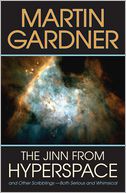
In The Jinn from Hyperspace (Prometheus, 2007), subtitled "and Other Scribblings–Both Serious and Whimsical," Martin takes on homeopathy, false memory syndrome, AI, physics, and mathematics, along with Ramon Lull, and G. K. Chesterton once again. The 300 pages are divided into four sections, "Science, Math, and Baloney," "Literature," "L. Frank Baum," and "Lewis Carroll." Some of the chapters had appeared earlier in publications as diverse as Skeptical Inquirer, Math Horizons, and The New Criterion.
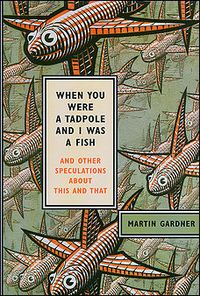
When You Were a Tadpole and I Was a Fish (Hill & Wang, 2009) is subititled "and Other Speculations About This and That." It's Martin's last collection of essays and reviews, twenty-four in all, spread over 256 pages. The material spans mathematics and logic, science and fringe bogus science, literature, religion and politics. Oz, Santa Claus, and God make appearances, as does Langdon Smith's poem on evolution which gave the book its title.